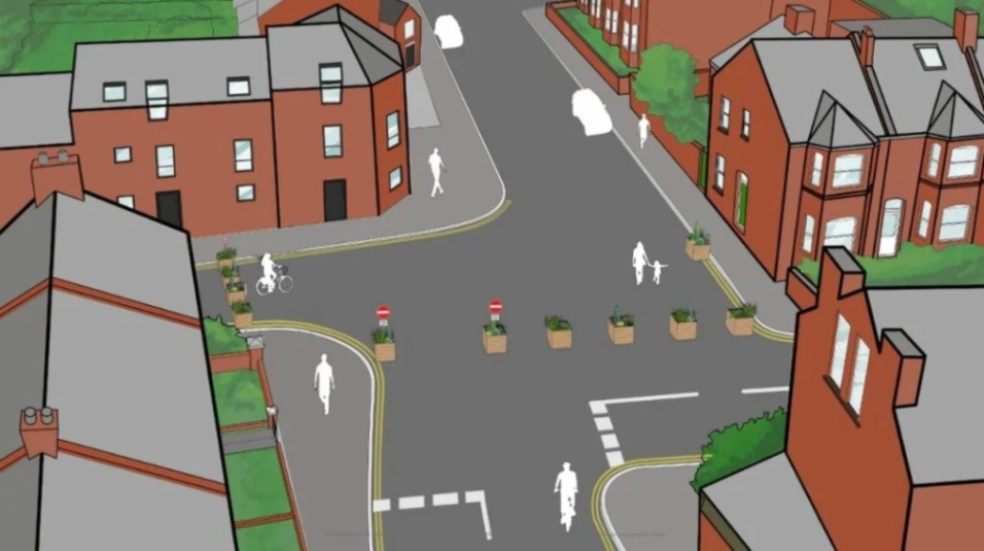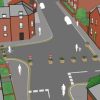
Active Streets trial zone traffic figures welcomed
By Guy Henderson, Local Democracy Reporter.
Supporters of a controversial traffic scheme in Exeter which sparked angry protests have welcomed figures which show traffic levels plummeting in the streets it covers.
The Active Streets experiment in Heavitree and Wonford is designed to take through-traffic away from residential streets to cut pollution and improve road safety.
Bus gates and bollards restrict driving through the so-called Low Traffic Neighbourhood, but opponents say it is driving traffic and pollution elsewhere and making journey times longer.
Figures presented to a meeting of the Devon County Council Highways and Traffic Orders Committee (HATOC) reveal traffic levels in and around the affected area during the first two months of the trial, which began in August.
Sensors and automatic traffic counters have been monitoring traffic on ‘boundary’ roads around the area as well as the streets inside it from 7am to 7pm on weekdays.
The figures show an 11 per cent increase in traffic on Hill Barton Road and five per cent on Pinhoe Road West. Honiton Road has two per cent more traffic heading east.
But traffic flows are unchanged on Heavitree Road and Pinhoe Road East, while streets inside the zone have seen huge drops in traffic. Car movements in Ladysmith Road are 82 per cent down.
The largest recorded increase is the one on Hill Barton Road, where flows have increased from around 14,900 vehicles per day to 16,600.
Cycle and pedestrian numbers are up inside the zone, according to the figures.
Separate data shows that ambulance response times have not been adversely affected, which had been one of the fears expressed by opponents of the trial.
One resident on Sweetbriar Lane, which is in the middle of the zone, said the traffic figures were contrary to what many people were saying, and suggested that many more people were walking, cycling or taking public transport for short journeys.
She added: “The figures in the report are really encouraging, showing that people can adapt to the new road layouts.
“It’s great news that people living on Heavitree Road haven’t been adversely impacted whilst also making the residential roads in the trial area quieter and safer for people to walk and cycle.”
Speaking during the recent HATOC meeting, climate scientist Professor Richard Betts said more people would walk and cycle if their streets were safer.
But opponents hit back with figures of their own which showed that a majority of people who responded to a survey were against the Low Traffic Neighbourhood.
The trial is due to run for 18 months and a major public consultation exercise is under way.



















